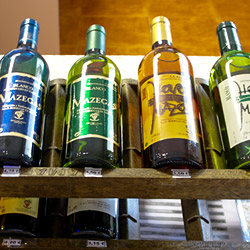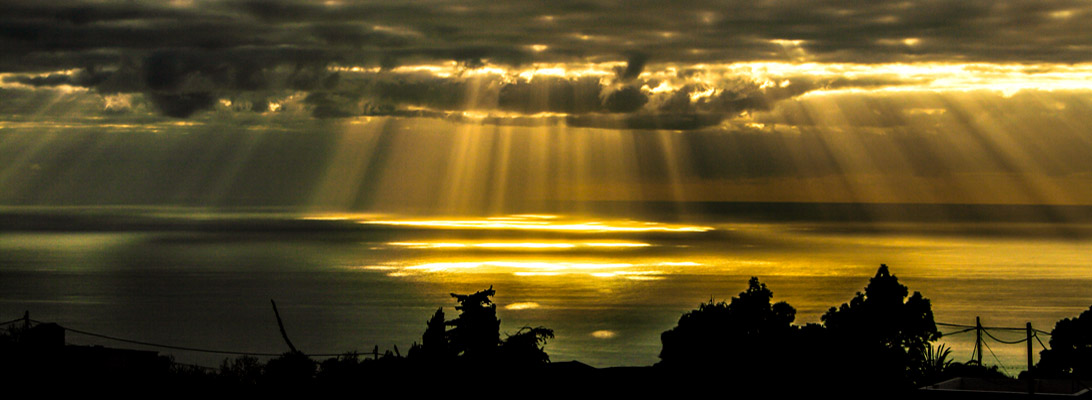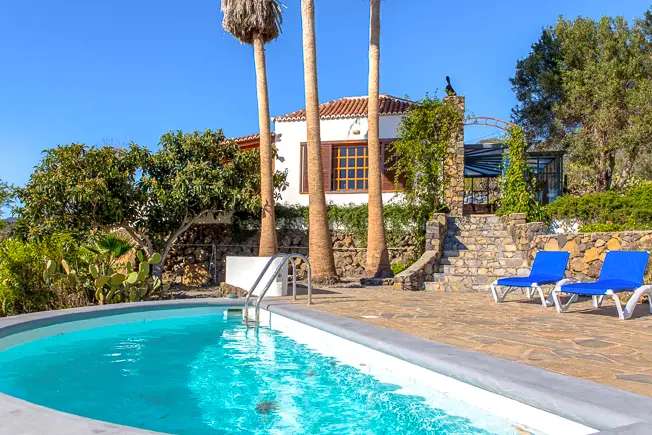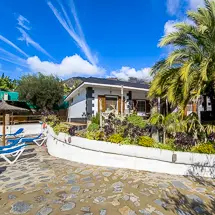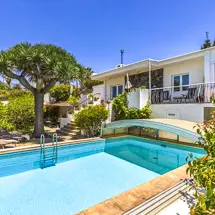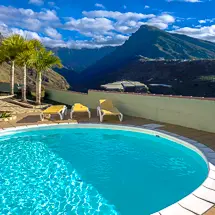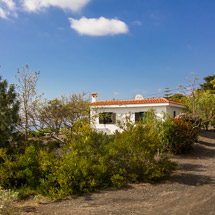The wine came with the Spanish conquest to La Palma and developed already in the 16th century to a sought-after export product. The Malvasia wine, whose name derives from the place of origin of the first vines, Monemvasia on the Peloponnese, is still famous today.
La Palmas Best Wine Comes from Fuencaliente
Since 1995, the whole of La Palma has been considered a wine-growing area with the legal designation of origin "Denominación de Origen - D.O." with the wine areas "Norte de La Palma", "Fuencaliente" and "Hoyo de Mazo". The best wines of La Palma are produced on the volcanic soil around Fuencaliente. But also in Las Manchas, El Paso, Tijarafe, Puntagorda, and Garafia wine is grown in small quantities. Ultimately, the production is just enough for their own needs. In the north of La Palma, wines are often stored in barrels of tea, the heartwood of the Canary pine, and therefore take on a resinous taste reminiscent of retsina.
Malvasía and other good wines from La Palma
Since the end of the 20th century, an organization has been monitoring the quality of Palmer wines. 16 wineries belong to it. Particularly good white wines are Malvasía, Gual, Verdillo, Albillo, Bastardo blanco, Bermejuela, Bujariego, Burrablanca, Forsatera blanca, Listán blanco, Moscatel, Pedro Jiménez, Sabro and Torrontes. The most popular red varieties are Negramol, Almuñeco, Listán negro, Malvasía rosada, and Moscatel negro.
Wine Cooperatives on La Palma
Many Palmeros and some residents press their own wine in small quantities. If you want to buy some, you are best served by one of the cooperatives. Wine is bottled on La Palma in the large cellars of the cooperative Llanovid (Bodegas Teneguía, Fuencaliente) and in Mazo (Associación Viticultores de la Villa de Mazo, Bodegas el Hoyo). Many winegrowers sell their wine on the markets in small quantities.
By the way, La Palma's wine tastes best directly on La Palma. After the transport by plane, it must have at least some time to settle down, because many wines do not tolerate air transport.







